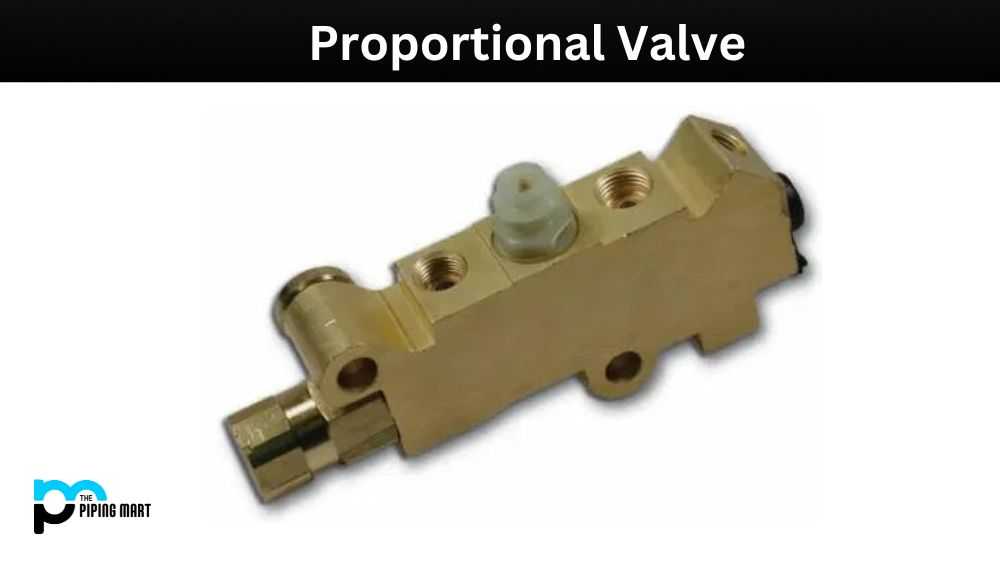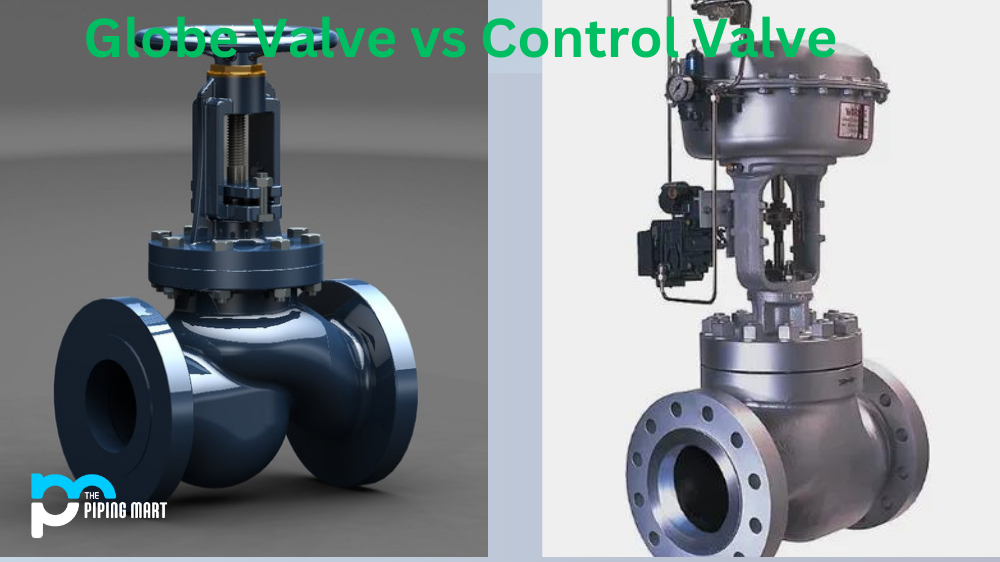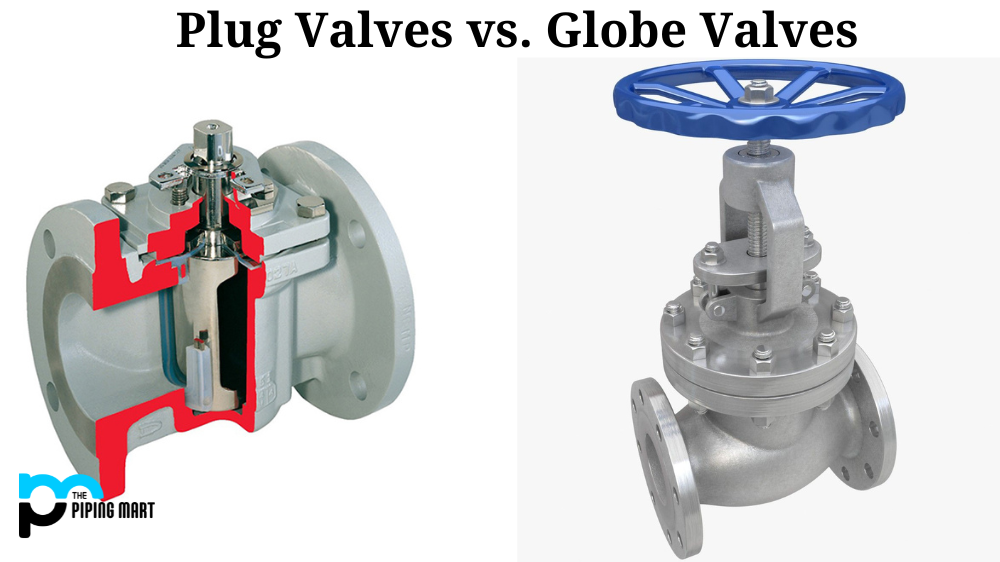If you’re in the industrial or manufacturing field, you may have encountered the term ‘proportional valves’ before. Simply put, a proportional valve is a type of valve that regulates the flow of fluids or gases by adjusting its size, shape or position. These valves are an important component in many different types of machinery and equipment and have a range of uses across various industries. In this blog post, we’ll closely examine what proportional valves are, their properties uses, and applications.
What is Proportional Valve?
Proportional valve is an electro-mechanical device that controls the flow of liquid or gas in a hydraulic system. It uses electrical signals to regulate pressure and adjust the rate of flow, providing precise control over the entire process. Proportional valves are critical components in a variety of industrial applications, such as injection molding machines, robotics systems, and medical devices.
Proportional Valves Properties:
Proportional valves can be described by their key physical properties. They are designed to regulate and control fluid or gas flow precisely, making them particularly useful in situations where precision control is vital. They achieve this level of control by creating a proportional relationship between the valve’s input and output signals, meaning that the valve responds to changes in input signals predictably and proportionally. They typically have high accuracy and repeatability, making them suitable for use in a wide range of applications.
Proportional Valves Uses:
The most common use of proportional valves is in hydraulic and pneumatic systems in the manufacturing industry. They control the fluid flow in precision machinery and equipment such as textile machinery, paper mills, machine tools, and packaging machinery. They are also used in chemical processing, food processing, gravity feed systems, and material handling. In addition, they are used in vehicles such as cars, trucks, and aeroplanes for controlling fluid flow, fuel injection, emissions control, and braking mechanisms.
Proportional Valves Applications:
One of the most significant applications of proportional valves is in manufacturing, where they are used in automated assembly lines, process control systems, and industrial machinery. In the aerospace industry, they are used for controlling the distribution of hydraulic fluids and fuel and actuating various components of aircraft. In the automotive industry, they are used in automatic transmissions, fuel injection systems, and control units. In the medical sector, they are used in blood analyzers, dialysis, and respiratory systems.
How to use Proportional Valves:
Using proportional valves requires a deep understanding of the equipment, fluid or gas medium, and the process involved. Selecting the correct valve type, size, and materials to match the application’s requirements is important. The valve must be properly installed and calibrated to operate efficiently. Proportional valves can also be combined with other valves, such as pressure-reducing or flow-control valves, to achieve a specific outcome.
Conclusion:
Proportional valves are important in many industrial processes, offering precise control and accuracy for various applications. Understanding proportional valves’ physical properties, uses, and applications can help ensure they are employed correctly in any given situation. If you need proportional valves for your machinery or equipment, it is important to work with an expert who can help you select the right valve for your needs and provide ongoing support throughout the installation and maintenance process.

Hey, I’m Krutik, a casual blogger expert in the metal industry. I am passionate about providing valuable information to my readers. With a background in engineering and construction, I like playing Cricket & watching Netflix shows in my free time. Thank you for visiting my blog, and I hope you find my information helpful!




